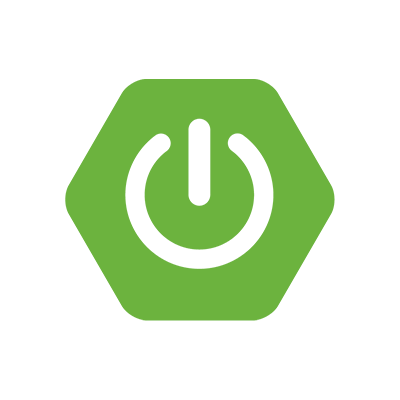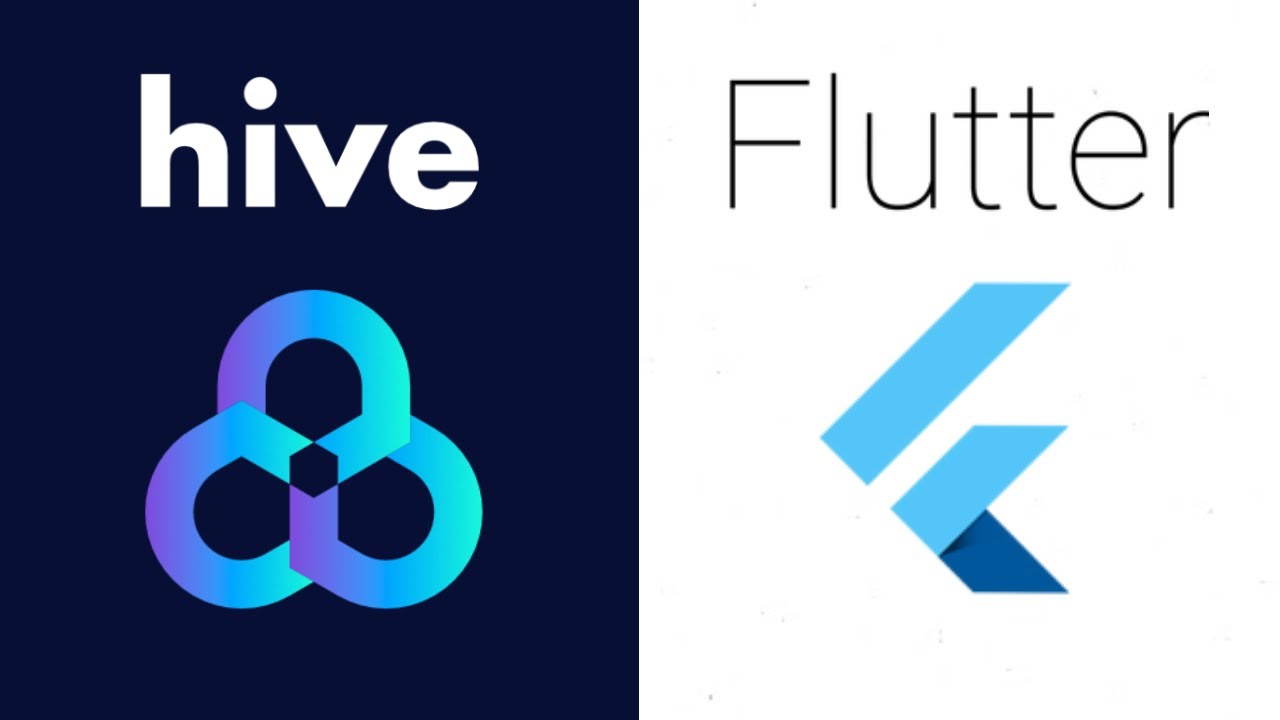Exploring Hive Offline Database in Flutter for Android & iOS
 Nikhil Soman Sahu
Nikhil Soman Sahu
Introduction:
In the dynamic world of mobile app development, creating robust and efficient data storage solutions is crucial. Flutter, a popular UI toolkit, provides a range of options for developers, and one standout choice for offline database management is Hive. In this blog post, we'll delve into the realm of Hive, exploring its features and demonstrating how it can be implemented in Flutter for both Android and iOS platforms.
Understanding Hive:
Hive is a lightweight and fast key-value database that's designed for local storage in Flutter applications. Its simplicity and performance make it an excellent choice for scenarios where a full-scale database might be overkill. Hive is built on top of Dart and provides a clean and intuitive API for developers to work with.
Key Features of Hive:
Lightweight and Fast:
Hive is designed to be lightweight, ensuring minimal impact on app performance.
Its efficient design allows for fast data retrieval and storage, making it suitable for real-time applications.
NoSQL Database:
Hive follows a NoSQL approach, making it easy to work with simple key-value pairs or complex objects.
This flexibility is beneficial for developers as it simplifies the data storage process.
Type Safety:
Hive is statically typed, meaning that it leverages Dart's strong typing system to ensure type safety during development.
This reduces the chances of runtime errors related to data types.
Supports Offline Mode:
- One of Hive's primary use cases is offline data storage. It allows applications to store data locally on the device, ensuring seamless user experiences even when the device is not connected to the internet.
Implementing Hive in Flutter:
Now, let's walk through the steps to integrate Hive into a Flutter project for both Android and iOS.
Step 1: Add Hive to Dependencies: Add the following dependency to your pubspec.yaml file:
dependencies:
hive: ^2.0.4
hive_flutter: ^1.1.0
Step 2: Initialize Hive: In your main Dart file, initialize Hive before running the app:
import 'package:flutter/material.dart';
import 'package:hive/hive.dart';
import 'package:hive_flutter/hive_flutter.dart';
void main() async {
await Hive.initFlutter();
runApp(MyApp());
}
Step 3: Define Hive Object Model: Create a Dart class to represent your data model, and annotate it with @HiveType():
import 'package:hive/hive.dart';
@HiveType(typeId: 0)
class Task {
@HiveField(0)
late String title;
@HiveField(1)
late DateTime dueDate;
}
Step 4: Use Hive in your App: Now, you can use Hive to store and retrieve data within your Flutter app. For example:
var box = await Hive.openBox('tasks');
box.add(Task()..title = 'Example Task'..dueDate = DateTime.now());
var tasks = box.values.toList();
Hive provides a straightforward and efficient solution for offline database management in Flutter applications. Its lightweight nature, NoSQL approach, and type safety make it an excellent choice for various mobile app development scenarios. By following the steps outlined above, you can seamlessly integrate Hive into your Flutter project, ensuring reliable and performant offline data storage for both Android and iOS platforms. Happy coding!
Subscribe to my newsletter
Read articles from Nikhil Soman Sahu directly inside your inbox. Subscribe to the newsletter, and don't miss out.
Written by

Nikhil Soman Sahu
Nikhil Soman Sahu
Software Developer